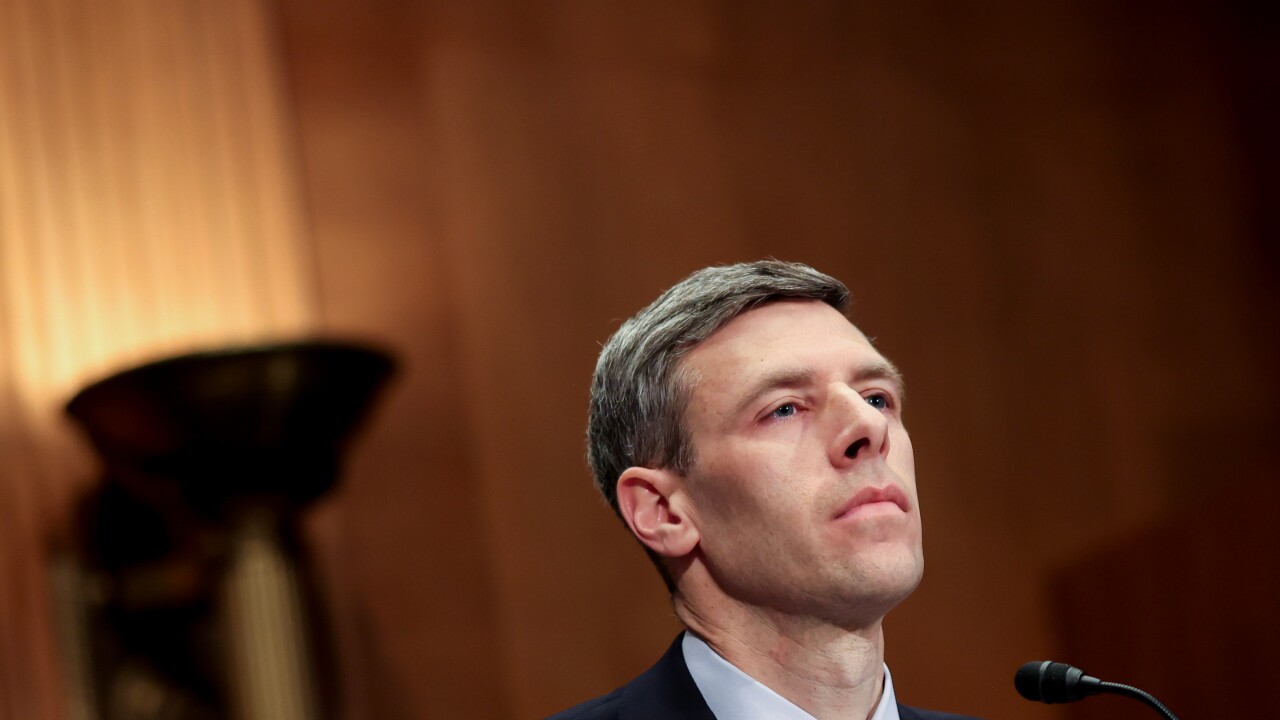Contactless payments have become increasingly popular in the U.K. over the past couple of years due to the advantages they offer in terms of speed and ease of payment — but despite this, much of the U.K. public does not trust the format.
A recent survey conducted by Equifax found that 42% of respondents still selected chip and PIN as their preferred payment method, with contactless in second place at 34%. Security was cited as a particularly key area of concern, with only 16% saying they felt contactless payments were more secure than carrying cash.

However, people aren't letting their fears deter them from making contactless payments.
“There’s a slight dissonance between survey findings and the usage data,” says Richard Koch, director of cards and consumer credit at U.K. Finance, a trade association for the UK banking and financial services sector.
“Before they actually use it, people are sometimes resistant to the idea of contactless. But once they have actually bought something in a shop with a contactless card they then become comfortable, which is why we see it being used in very large numbers.”
Barclaycard – one of the most active U.K. issuers of contactless credit cards – finds that contactless now accounts for more than six in ten electronic transactions up to the £30 spending limit, according to a spokesperson.
While this may be influenced by the fact that all Barclaycard credit cards are now issued with a contactless option, it matches the overall trend found by U.K. Finance. In 2017, 5.6 billion total contactless transactions were made, twice as many as in 2016.
In addition, U.K. Finance’s annual fraud report suggests that contactless payments remain less prone to crime than other card methods. While contactless fraud is on the rise, it still remains relatively low with losses equating to 2.7p per every £100 spent, compared overall card fraud at 7p per £100 spent.
“Any contactless fraud tends to be opportunistic, but from a consumer’s perspective, they’re completely exonerated because the exposure is entirely with the issuer,” Koch says. “If you’re carrying cash and your wallet’s stolen, then the consumer just has to absorb that loss. But if your card’s stolen, and contactless transactions are made, then you’ll get refunded.”
Koch concludes that many of the concerns surrounding contactless devices stem from a lack of knowledge of the many carefully built-in security mechanisms. There are cumulative counters which ask for a PIN to be entered once a certain value threshold is reached, and from September 2019, European legislation will require authentication after every five contactless transactions, or where the cumulative value of previous transactions exceeds €150. In addition, over the past six months Visa and Mastercard have introduced features which make the vast majority of contactless transactions go online, where a transaction is authorised directly with the card issuer. If card has been reported as lost or stolen, the transaction will fail.
The Equifax survey also indicated public concern regarding any further hikes to the contactless payment limit, which rose to £30 from £10 between 2007 and 2015. Only 16% of consumers would be comfortable with a higher limit, but U.K. Finance says there are no plans within the industry to raise the limit. This is because the £30 cap currently covers the average retail transaction, found to be £23.18 in the UK Cards Association 2017 report, and raising the limit further risks encouraging more fraudulent activity.
In addition, from 2019, European legislation will set a hard limit of €50 on contactless transactions.
“We don’t see any appetite for a higher limit at the moment,” Koch says. “The industry’s quite cautious about raising the limit. There may be some pressures for a higher limit when TFL launch the crossrail, as there’s capacity for much longer journeys which may exceed £30. But there are no plans at the moment to raise it.”





